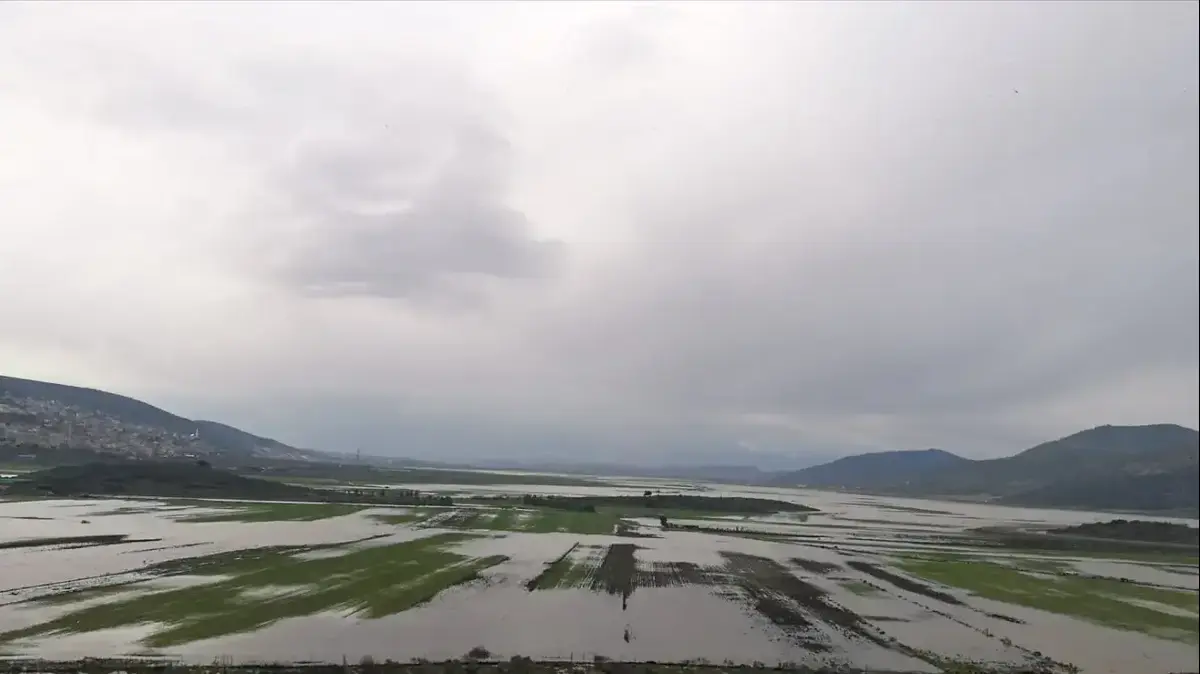Bali Belly: A Comprehensive Guide To Causes, Prevention, And Treatment

Table of Contents
Understanding Bali Belly: Causes and Symptoms
What is Bali Belly?
Bali Belly, colloquially known as traveler's diarrhea, is a common stomach illness affecting tourists in tropical regions, including Bali. It's characterized by diarrhea, often accompanied by other symptoms, significantly impacting the enjoyment of a vacation. The technical term is often tropical gastroenteritis, encompassing various infections.
Common Causes of Bali Belly:
Several factors contribute to the development of Bali Belly. These include:
- Contaminated food and water: This is the most common culprit. Undercooked seafood, street food prepared under unsanitary conditions, contaminated tap water, and ice made with contaminated water are all major sources of infection. Bacteria like E. coli, Salmonella, and Shigella, as well as viruses such as norovirus and rotavirus, are frequently responsible.
- Poor hygiene: Unclean hands during food preparation and consumption readily spread pathogens. Inadequate handwashing by food handlers or tourists themselves increases the risk of infection.
- Changes in diet: A sudden shift in diet, introducing new and potentially unfamiliar foods to your gut microbiome, can also contribute to digestive upset and increase vulnerability to infections. Your body needs time to adjust.
Recognizing the Symptoms:
Recognizing the symptoms of Bali Belly is crucial for timely treatment. Common symptoms include:
- Watery diarrhea (often multiple times per day)
- Nausea and vomiting
- Stomach cramps and abdominal pain
- Fever
- Dehydration (dry mouth, dizziness, decreased urination)
If you experience these symptoms, it's important to monitor your condition and take appropriate action.
Preventing Bali Belly: Practical Tips for Travelers
Proactive measures significantly reduce your risk of contracting Bali Belly.
Food and Water Safety:
- Drink bottled water: Always drink sealed bottled water or water that has been purified using a reliable method. Avoid tap water entirely.
- Avoid raw or undercooked foods: Opt for well-cooked foods from reputable establishments with high hygiene standards. Avoid street food, unless you're confident in its cleanliness.
- Peel your fruits and vegetables: Peel fruits and vegetables thoroughly before consumption, or choose pre-peeled options to minimize the risk of contamination.
- Avoid ice: Unless you know the ice is made from purified water, avoid it entirely in your drinks.
Hygiene Practices:
- Wash your hands frequently: Wash your hands thoroughly with soap and water before eating, after using the toilet, and after handling potentially contaminated objects.
- Use hand sanitizer: Carry a hand sanitizer containing at least 60% alcohol and use it frequently, especially when soap and water aren't available.
Consider Prophylactic Measures:
While not a substitute for good hygiene and food safety, some travelers consider prophylactic measures. Probiotics may help maintain a healthy gut microbiome, and some anti-diarrheal medications can be helpful. However, always consult your doctor before taking any medication, especially before traveling.
Treating Bali Belly: Home Remedies and Medical Advice
Home Remedies for Mild Cases:
For mild cases of Bali Belly, home remedies can often alleviate symptoms:
- Oral Rehydration Solutions (ORS): Replenishing lost fluids is crucial. Use commercially available ORS or prepare a homemade solution with water, salt, and sugar.
- Rest and avoid strenuous activity: Resting allows your body to focus on recovery. Avoid strenuous activities that could worsen dehydration.
- Bland diet: Stick to easily digestible foods like rice, toast, bananas, and plain crackers.
When to Seek Medical Attention:
While most cases of Bali Belly resolve within a few days, seek immediate medical attention if you experience:
- Severe dehydration
- Bloody diarrhea
- High fever (above 102°F or 39°C)
- Persistent vomiting (unable to keep down fluids)
- Symptoms lasting longer than a week
Medical Treatments:
A doctor may prescribe antibiotics if a bacterial infection is suspected. However, avoid self-medicating with antibiotics or anti-diarrheal medication. Improper use can worsen the situation or mask serious underlying conditions.
Conclusion
Bali Belly, while unpleasant, is a preventable and treatable condition. By understanding its causes, practicing diligent food and water safety, maintaining excellent hygiene, and knowing when to seek medical attention, you can significantly reduce your risk and enjoy a healthy and memorable trip to Bali or any tropical destination. Don't let Bali Belly ruin your trip! Learn more about prevention and treatment now and travel with confidence. Remember to consult your doctor before traveling to discuss necessary vaccinations and preventative measures for traveler's diarrhea.

Featured Posts
-
 April Rainfall Is This Month Wetter Than Usual
May 28, 2025
April Rainfall Is This Month Wetter Than Usual
May 28, 2025 -
 The Netherlands Challenges In Transforming Empty Offices And Shops Into Housing
May 28, 2025
The Netherlands Challenges In Transforming Empty Offices And Shops Into Housing
May 28, 2025 -
 Hugh Jackmans Wife Deborra Lee Furness Files For Divorce After Two Year Split
May 28, 2025
Hugh Jackmans Wife Deborra Lee Furness Files For Divorce After Two Year Split
May 28, 2025 -
 Open Ais Investment In South Korea Promises Of Technological Advancement And Economic Growth
May 28, 2025
Open Ais Investment In South Korea Promises Of Technological Advancement And Economic Growth
May 28, 2025 -
 Kanye West And Bianca Censori Source Details Censoris Apprehensions
May 28, 2025
Kanye West And Bianca Censori Source Details Censoris Apprehensions
May 28, 2025
Latest Posts
-
 Live Now Pay Later Options Comparing Providers And Plans
May 30, 2025
Live Now Pay Later Options Comparing Providers And Plans
May 30, 2025 -
 The Death Bath A Case Study Of A Serial Killers Extreme Violence
May 30, 2025
The Death Bath A Case Study Of A Serial Killers Extreme Violence
May 30, 2025 -
 Understanding Live Now Pay Later Services A Consumers Guide
May 30, 2025
Understanding Live Now Pay Later Services A Consumers Guide
May 30, 2025 -
 Live Now Pay Later Financing A Comprehensive Overview
May 30, 2025
Live Now Pay Later Financing A Comprehensive Overview
May 30, 2025 -
 Six Dismembered Bodies The Chilling Discovery At A Serial Killers Death Bath
May 30, 2025
Six Dismembered Bodies The Chilling Discovery At A Serial Killers Death Bath
May 30, 2025
